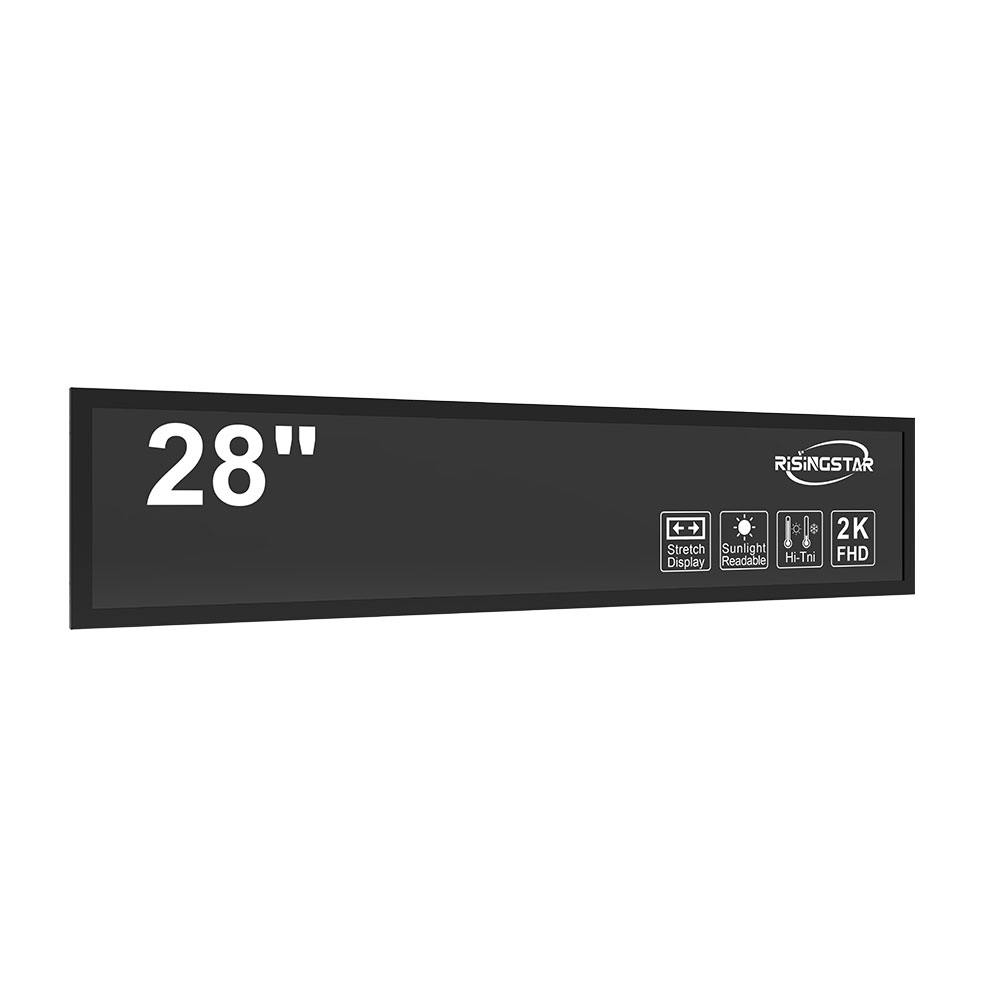
Privacy statement: Your privacy is very important to Us. Our company promises not to disclose your personal information to any external company without your explicit permission.
When selecting an outdoor LCD screen for commercial, industrial, or public use, it’s essential to go beyond basic specifications and consider real-world performance, environmental resilience, and long-term cost efficiency. These screens are exposed to extreme temperatures, humidity, UV radiation, and physical wear—making proper selection critical for uptime and ROI.
One of the most practical applications is in digital signage for retail stores, transportation hubs, and sports stadiums. For instance, a high-brightness outdoor LCD (typically 5,000–10,000 nits) ensures visibility even under direct sunlight—a key requirement for effective advertising. In the energy sector, outdoor LCDs monitor equipment status in solar farms or wind turbines, where reliability is non-negotiable.
The advantages of modern outdoor LCDs include high luminance, IP65/IP68 waterproof and dustproof ratings, wide operating temperature ranges (-30°C to +70°C), and anti-glare coatings that reduce reflections. Many models now feature adaptive brightness control, which not only saves power but also extends screen life by minimizing unnecessary backlight intensity.

However, common problems persist if technical specs aren’t thoroughly evaluated. Poor heat dissipation can lead to premature failure in hot climates—even with high-quality panels. Additionally, inadequate mounting solutions or lack of vandal resistance may result in damage from weather or tampering. According to a 2023 study by the Society for Information Display (SID), over 40% of outdoor display failures stem from improper thermal management rather than component defects.
The latest trends reflect increasing demand for AI-driven content optimization and edge computing integration. Smart outdoor LCDs now process data locally, enabling dynamic content updates based on time, weather, or crowd density. This reduces reliance on cloud infrastructure and improves responsiveness in remote locations. Furthermore, manufacturers like LG, Samsung, and NEC are adopting OLED technology for outdoor use, offering deeper blacks and better contrast ratios—even in daylight.
To ensure optimal results, always verify certifications such as UL 1993 (for electrical safety), EN 60529 (IP ratings), and MIL-STD-810G (military-grade durability). Working with experienced integrators who understand local climate conditions and installation best practices will significantly reduce risk and maximize performance across diverse environments.

Email to this supplier

Privacy statement: Your privacy is very important to Us. Our company promises not to disclose your personal information to any external company without your explicit permission.